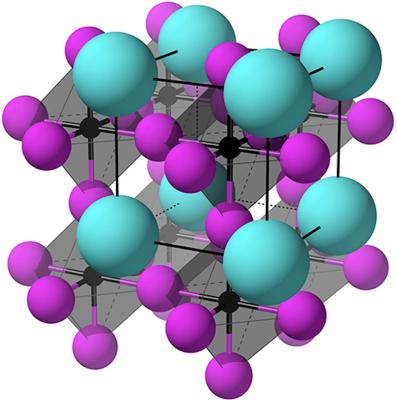New ‘self-driving’ lab developed to advance the understanding of metal halide perovskites
Researchers from North Carolina State University and the University at Buffalo have developed a 'self-driving lab' that uses artificial intelligence (AI) and fluidic systems to advance the understanding of metal halide perovskite (MHP) nanocrystals. This self-driving lab can also be used to investigate other semiconductor and metallic nanomaterials.

'We've created a self-driving laboratory that can be used to advance both fundamental nanoscience and applied engineering,' says Milad Abolhasani, corresponding author of a paper on the work and an associate professor of chemical and bimolecular engineering at NC State.





